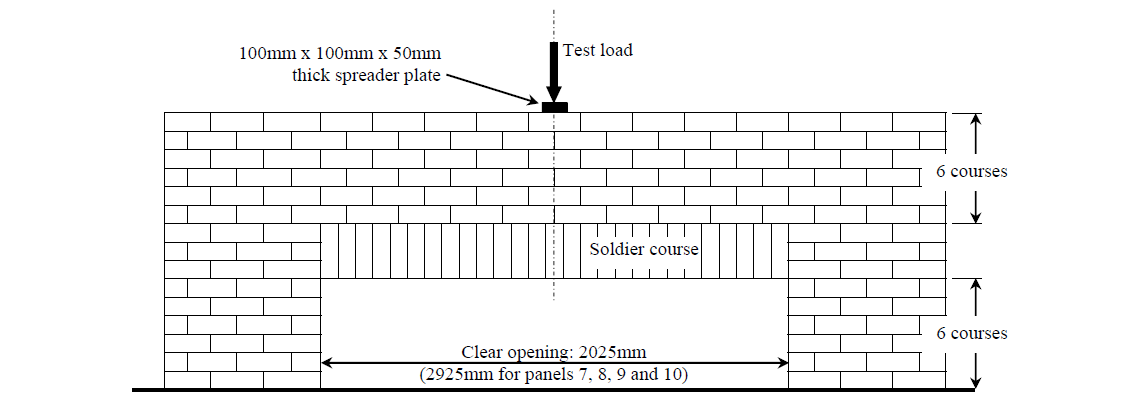1 Hoffman Wood Professor of Architectural Engineering, School of Civil Engineering, University of Leeds, Leeds, West Yorkshire, England, UK. LS2 9JT, s.w.garrity@leeds.ac.uk
ABSTRACT
One way of enhancing the structural performance of an existing masonry building is to reinforce the already damaged areas of the building or parts that are likely to be subjected to tensile stress or strain in the future. This needs to be carried out at minimal cost and with minimal disruption to the owners without creating a future maintenance liability. Retro-fitted reinforcement typically consists of small diameter steel bars; stainless steel is usu ally used to minimise the risk of corrosion. The principal objectives of adding such reinforcement are to improve flexural crack control, increase flexural and sh ear strength and to increase robustness and ductility. In the UK the technique has been used extensively to strengthen the masonry cladding of low to medium rise buildings, particularly where cracking ha s occurred adjacent to a long-span window or similar opening.
This paper summarises recent experimental research into the behaviour of clay brick wall panels containing 2m and 3 m span openings. Single leaf (wythe) wall/beam panels with different arrangements of reinforcement constructed using very low strength (1 :12 cement:sand) mortar were tested under short-term in-plane vertical loading. Similar plain and retro-reinforced wall/beam panels constructed from natural hydraulic lime (NHL2) mortar were also tested. Some of the pane ls were constructed to simulate damage (cracking and excessive deflection) that occurs in practice. The retro-reinforced walls sh owed increases in strength of between 59% and 206% when compared with the unreinforced experimental controls. In addition, the load at which first visible cracking occurred and the reserve of strength beyond first cracking were enhanced.
KEYWORDS: low strength masonry, reinforcement, strengthening, walls
443.pdf



